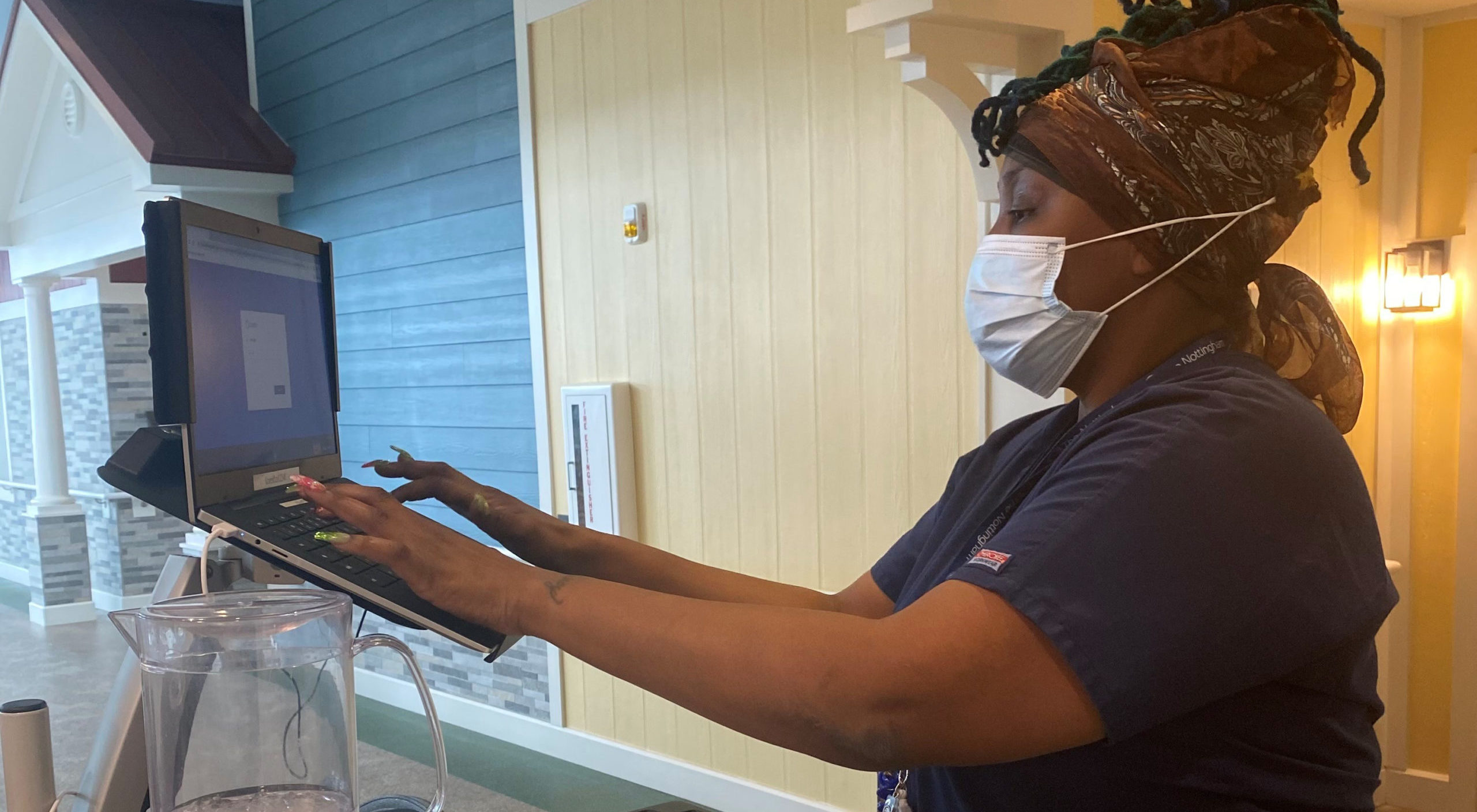Digital Transformations: Do You Have What It Takes?
This blog post was contributed by Brandon Claps, Loretto’s Chief Information Officer, who plays a vital role to Loretto at all times, but especially as he led us through a digital transformation during the pandemic.
Perhaps as you read this, your mind is focused on mountains of paper files you have securely stored in your building. Or maybe you’re thinking about how employees have to do quite a bit of manual work to get two or more of your platforms to work together. Or maybe you’re struggling to keep up with all of the data regulations and maintain compliance. Wherever you find yourself in your digital roadmap, I’m here to tell you: you aren’t alone.
Many expect that when their organization shifts to digital data – in our industry, that often means integrating an electronic health record (EHR) – they have arrived at the ultimate digital destination. I wouldn’t be a very good CIO if I let you believe that was the case.
The reality is physicians often spend more time entering data in electronic health records (EHR) than treating patients – that fact can just as easily be true for nurses and certified nursing assistants (CNAs). In fact, technology changes so often that the ultimate digital destination doesn’t even exist – that’s a big part of why digital transformations feel so burdensome – they require an investment of money, time, and energy that can feel completely overwhelming. However, in the long-term care industry, as in most industries, digital transformations are necessary to ensure your organization is compliant and maximizing patient care.
So how can we possibly tackle this daunting task of digital transformation? Regardless of where you are in this process – moving from paper to digital, integrating systems, keeping up with regulations – there are a few essential things leaders need to do.
- Set inclusive goals. Let me encourage you to shift your focus before you move forward with the goal you may have in mind, something like – “To implement EHR throughout our organization by the end of 2023”. Our team’s big picture goal is to have Loretto staff spending the least amount of time possible behind a screen, so they can spend more time with their residents. This is a goal that everyone can get behind – leadership wants to see a higher level of care, employees don’t want to spend all their time figuring out and navigating technology. Of course, supporting objectives are also necessary, but make the goal you share throughout the organization something everyone can get behind.
- Practice empathy. Not something you were expecting to see, right? But if you’re a leader in any organization, that means you aren’t the employee providing care and making notes in patient records. While you may have a solid vision of what is necessary for your organization, employees are the key to perfecting your vision. They are your boots on the ground. When they have complaints about documentation and hesitations about digital transformations and training, it’s important to listen and empathize with their struggle. Often we have a lot to learn by listening, observing their data routines, and putting ourselves in their shoes. You won’t succeed in making everyone happy, but you will improve your plan, and employees will have a sense of ownership in the process.
- Embrace change. Digital transformations require a lot of change – not just the apparent change to technology use but also changes to processes, workflows, and staff. An EHR implementation specialist can be beneficial to navigate changes you experience moving to a new EHR. There may be other changes you need to make, shifting responsibilities internally, to ensure digital transformations are not just complete but successful. A pandemic provided an additional challenge to our EHR implementation in 2021. In three weeks, we trained over 800 employees remotely. You may encounter scenarios that you couldn’t have developed a plan for if you tried, but you can always plan for change.
If you’re interested in learning more about EHR implementation, Brandon was featured on Experience Care’s blog and LTC Heroes podcast to discuss the process he and his team took to ensure a smooth transition from paper documentation to electronic health records (EHRs). Check it out!

